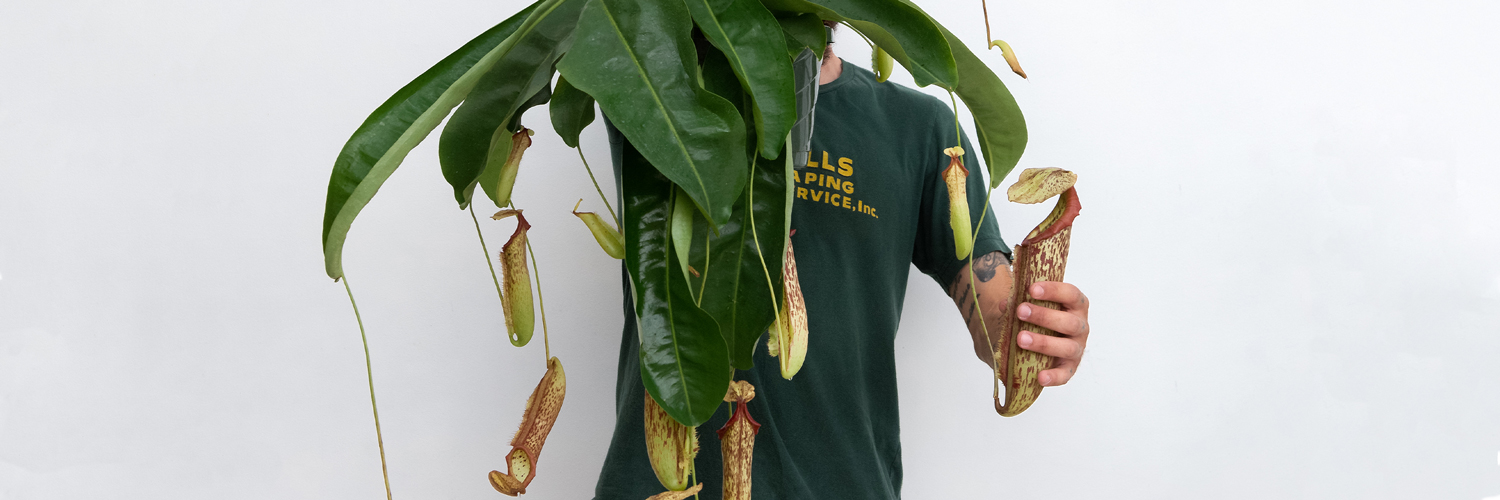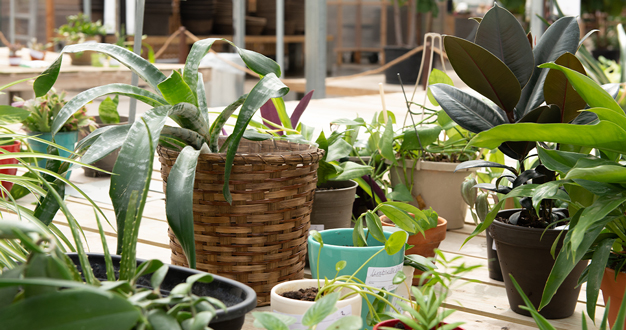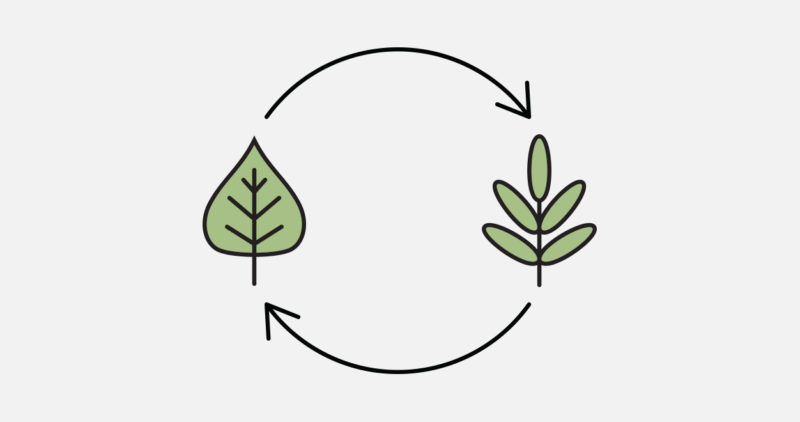
Across the plant kingdom, you’ll come across all kinds of incredible characters. One plant may be prized for its beauty – another for its bizarre structure. Occasionally, a plant will even devour other creatures. Pitcher plants are the complete package – they display all these attributes and more. Funky, beautiful, and carnivorous too – a pitcher plant raises the weird factor in your collection exponentially. Here, we introduce you to the fascinating world of Nepenthes – a genus of tropical pitcher plant – and show you how even something so exotic can thrive as a Midwest houseplant.
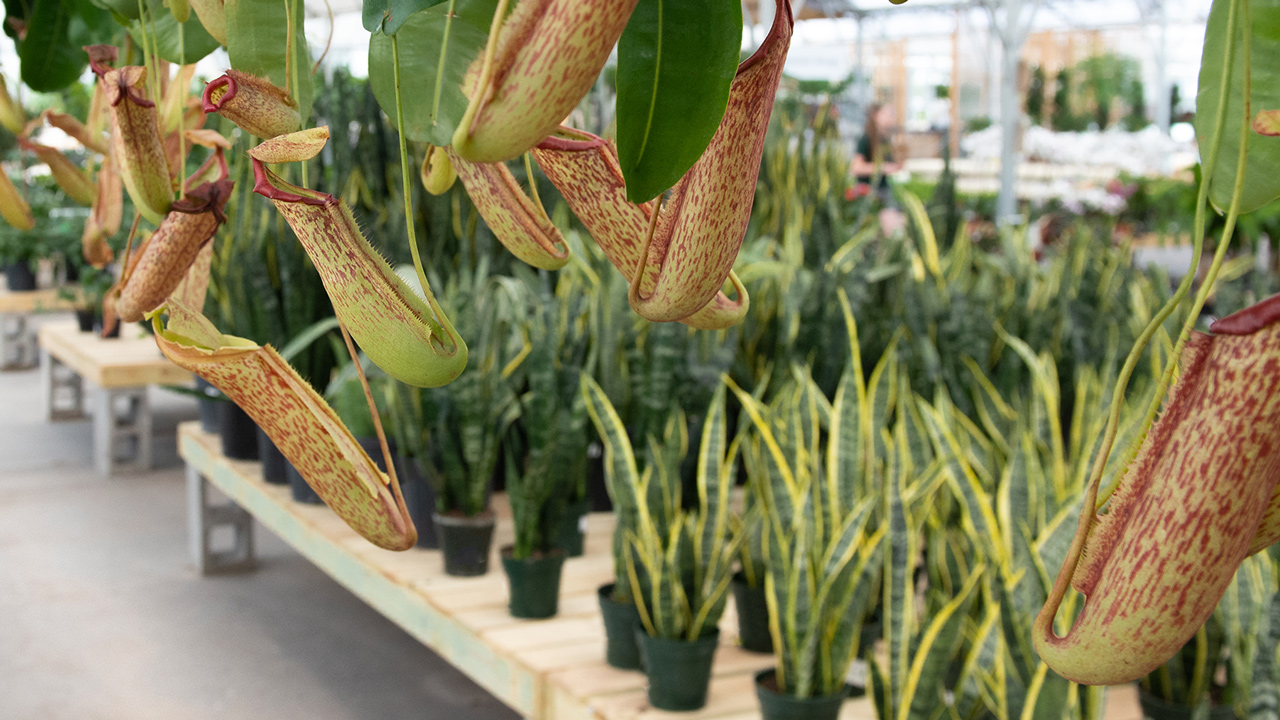
Something Like from another Planet
Pitcher plants almost look like aliens with those strange hanging structures that insects find attractive – despite the unfortunate consequences. But they are of course very earthly in origin. Pitcher plants in the genus Nepenthes are climbing or scrambling vines from areas of southeastern Asia, India, Madagascar, and Australia. They thrive in sunny clearings and other disturbed areas – sometimes even along roadsides – where the soil is coarse and nutrient-poor.
Surprisingly, other carnivorous cousins live even closer. Species in the genus Sarrancenia – North American pitcher plants – are native to parts of the eastern and southeastern United States.
An Unusual Menu for a Plant
Because they live in such poor soil, pitcher plants in the genus Nepenthes supplement their diet by capturing living prey – insects, mostly – using a pitfall-trap strategy. Cup-like structures called pitchers – each an extension of the midvein of a leaf – suspend from the plant on slender tendrils. Sweet nectar and attractive colors bring insects to the cup’s slippery lip – called the peristome – where the prey loses its footing and falls inside. Backward-facing hairs along the wall of the cup keep the insect from climbing out again, and eventually the struggling prey falls into a pool of liquid containing digestive enzymes. Ants, centipedes, and other insects are the usual catch, but larger species of Nepenthes have been known to take the occasional bird, lizard, or even rat when they can get it.
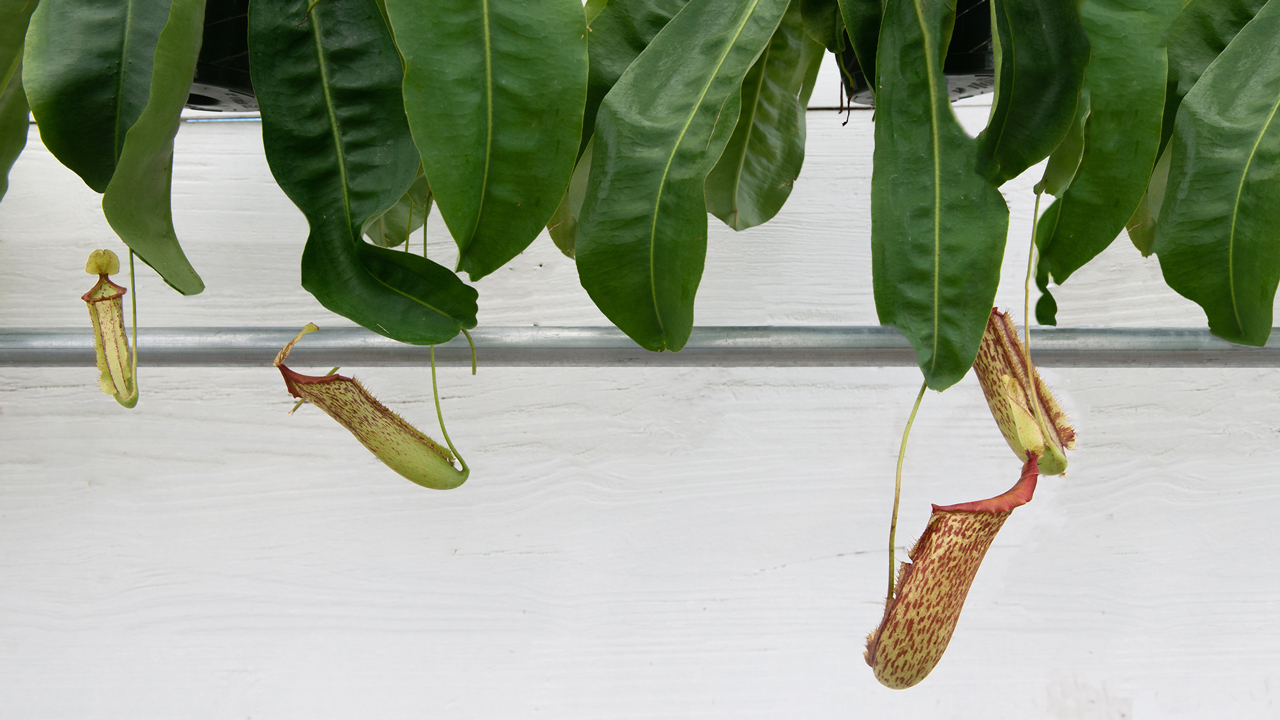
Caring for a Carnivore
Nurturing a Nepenthes pitcher plant isn’t difficult – it’s just a little different than what a typical houseplant might require. Just remember that pitcher plants grow naturally where it’s humid, partly sunny, and the soil is loose, well-draining, and poor. So the best bet is to mimic those circumstances as closely as possible. If you can, let your pitcher plant spend the summer outside in a bright location with some direct sun, but not all day. When temperatures in the fall drop below fifty degrees, bring it back in and hang it near a sunny window – south- or west-facing is ideal.
Water your pitcher plant often enough to keep the potting mix consistently moist but also well-drained and not too wet. If one of its pitchers is empty, add just an inch or so of water – not too deep or you’ll dilute those digestive enzymes and make it easier for bugs to escape too. Even with water in them, individual pitchers will naturally shrivel and die sometimes. Simply trim them off to keep the plant tidy and full.
If you notice your plant stops producing pitchers, it’s telling you it needs more humidity. Inside the house, consider setting your plant on a pebble tray with water, grouping it closely with your other houseplants, or bringing a humidifier into the room. Misting is an option for many indoor plants, but unfortunately, this can cause spotting and fungal issues in Nepenthes. A well-lit bathroom or kitchen would be a perfect location.
As for feeding, when it’s outside, pitcher plants capture all the insects they need in their cups. Indoors, you can drop in a fly or other small insect – but avoid “people food” like hamburger, which pitcher plants don’t digest very well. Pitcher plants also benefit from an occasional drink with a balanced water-soluble plant fertilizer – but being native to nutrient-poor soils, pitcher plants aren’t adapted to getting many nutrients through their roots. Instead, apply it to just the foliage and cups, and avoid the potting mix altogether.
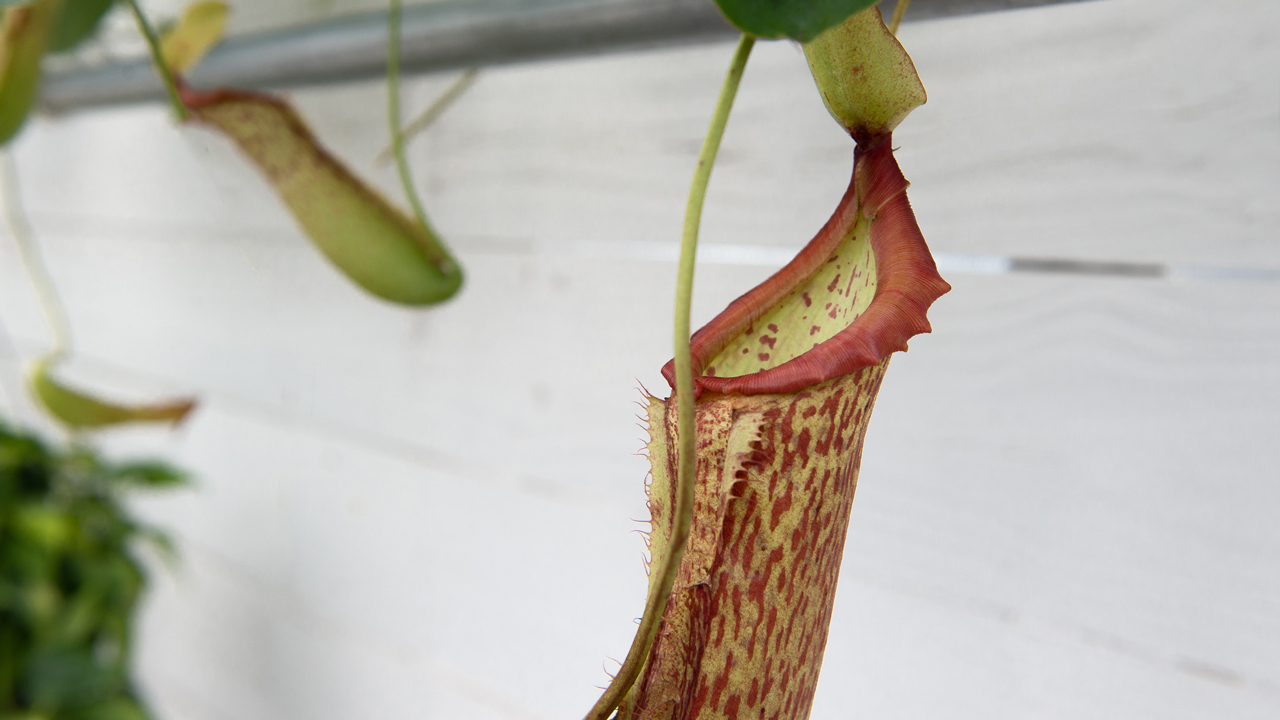
Add Something Strange to Your Collection
Photosynthesis is a fascinating process, but sometimes it’s fun to have a carnivore in the collection too. To see one of these unbelievable plants, just stop by the Greenhouse – we’ll introduce you and answer any questions you have.

